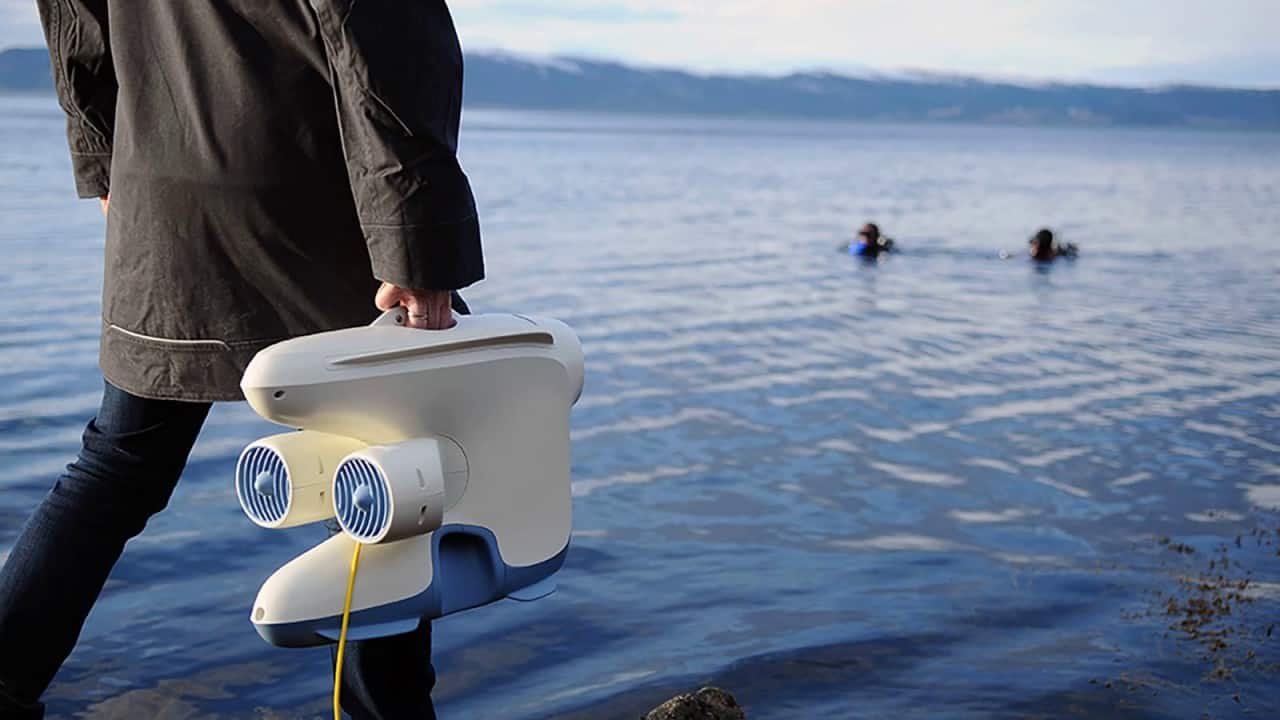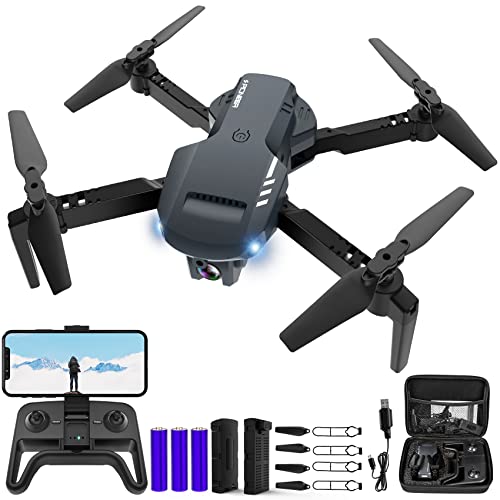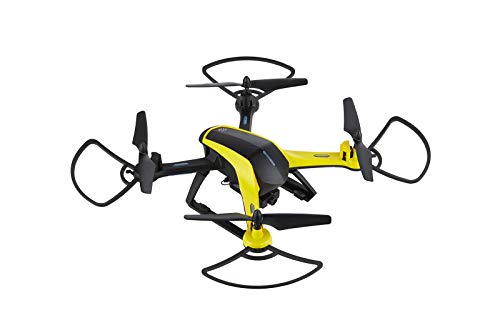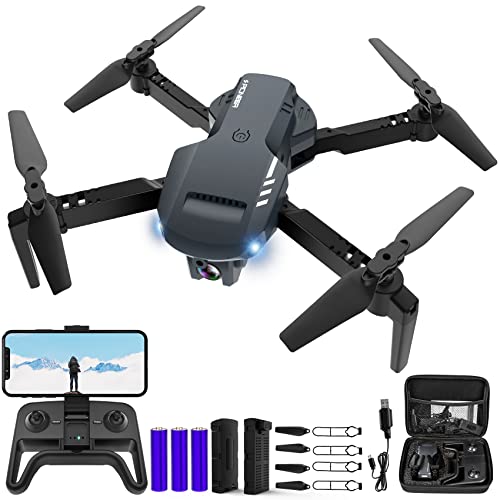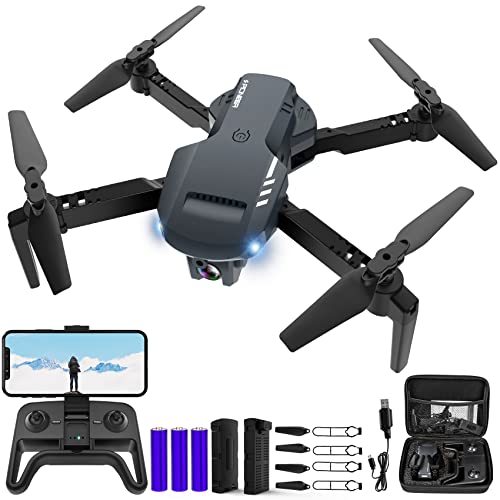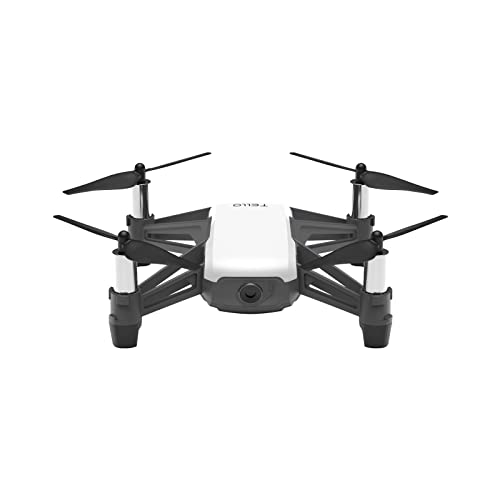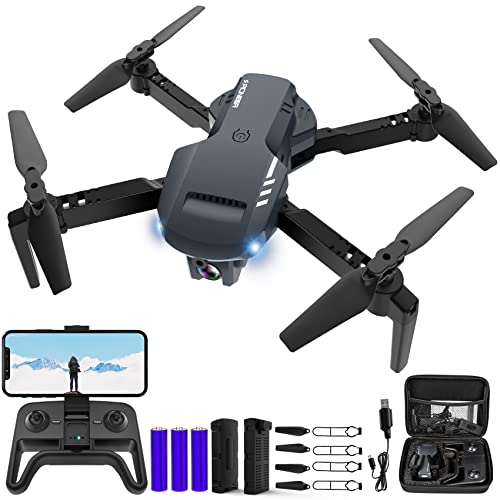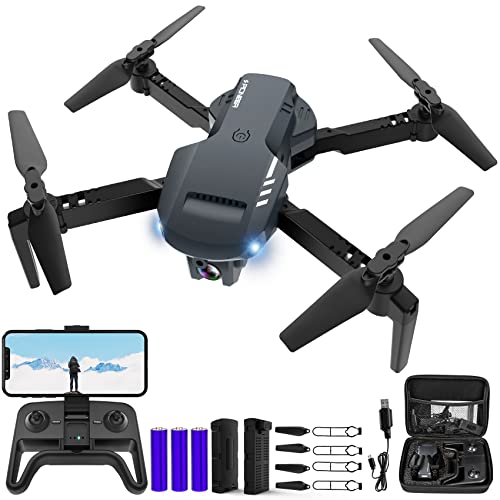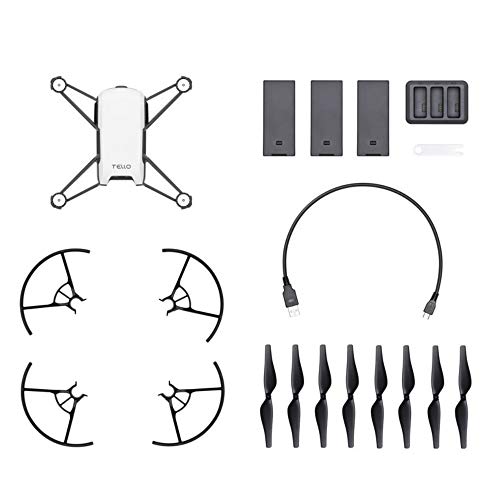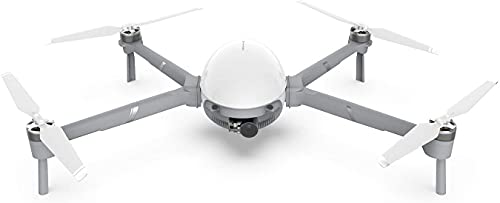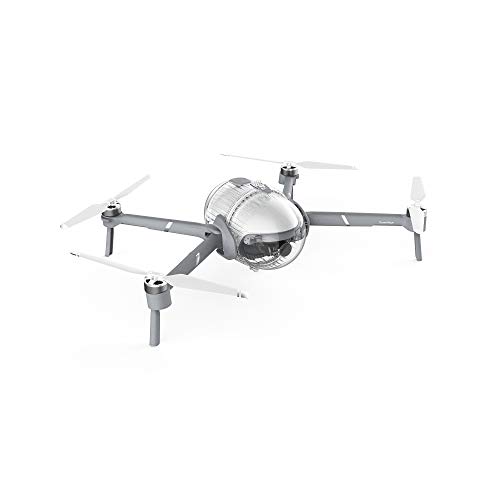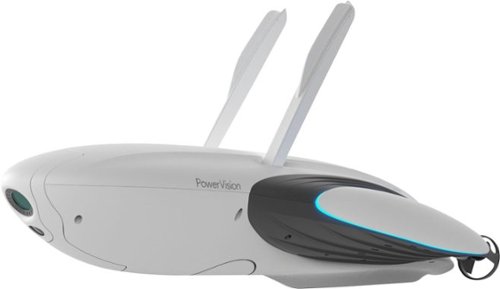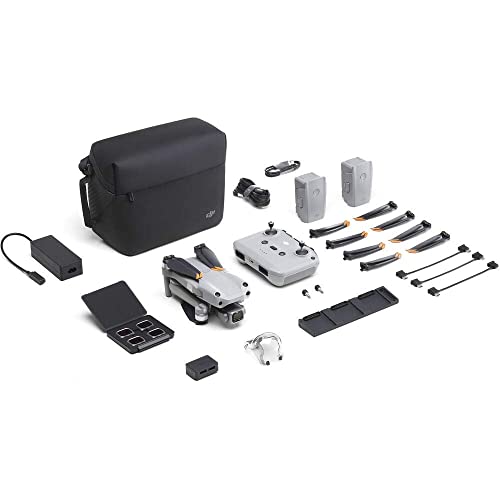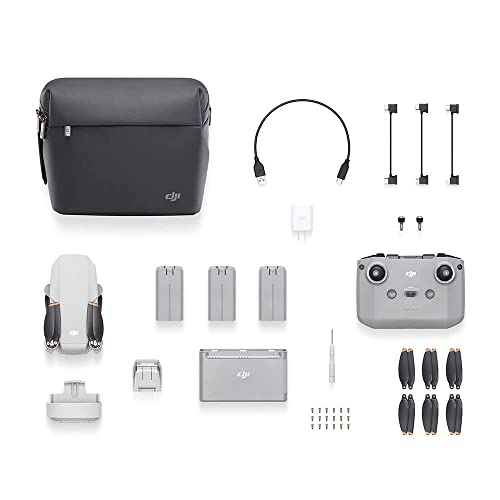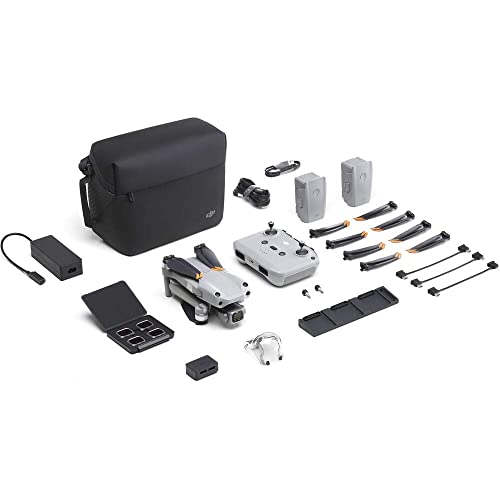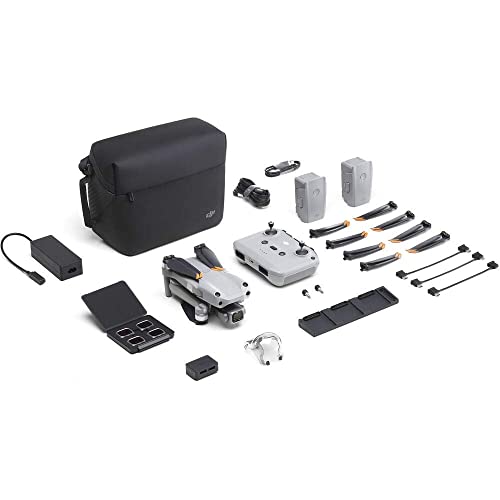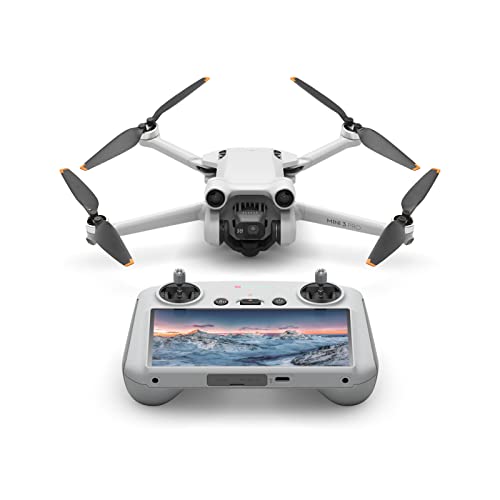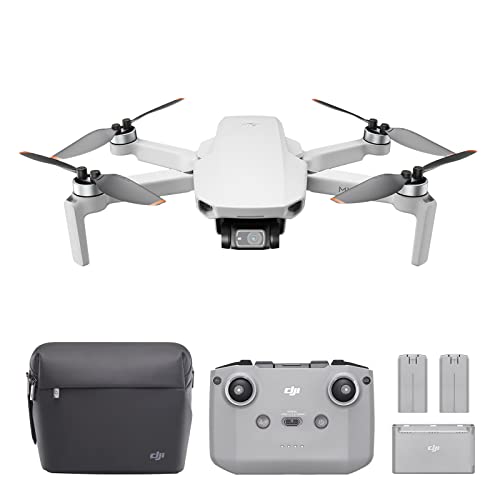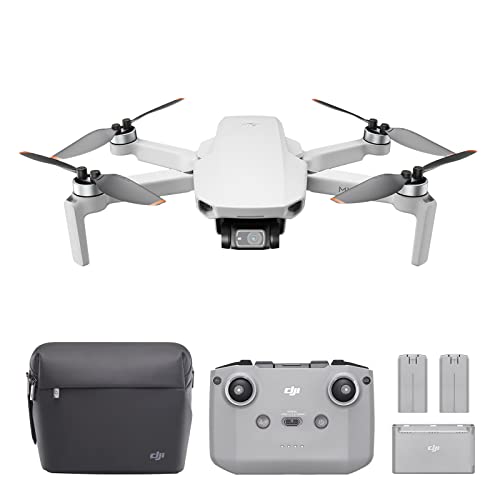Any drone owner knows there is nothing worse than crashing your precious machine into a tree or building. And unfortunately, the leading drones for beginners or experts can’t prevent a pilot from making a mistake. However, many of the best drones have sensors that detect when obstacles are in their flight path. That’s why we will explain the necessary parts in how to make an obstacle avoidance drone.
KEY TAKEAWAYS:
- Obstacle avoidance drones are made by installing sensors that can pick up on objects around them.
- Obstacle sensors help crewless aerial vehicles reduce the likelihood of crashes by detecting objects through sound, light, and vision.
- Algorithms are used to collect data from sensors and enhance anti-collision ability.
And let’s say you have crashed your drone and need to repair it. In that case, you can check out our articles that explain how to replace drone propellers or how to fix a drone motor.
Making an Obstacle Avoidance Drone
It takes a synergy of elements to make an excellent obstacle avoidance drone. Obstacle avoidance systems use small ultrasonic or infrared sensors that work alongside algorithms. Together, they scan for obstacles and help a drone navigate a complex environment. The parts and installation are highly technical and require an intimate knowledge of a drone’s processing and electrical system.
Insider Tip
Buying a drone with obstacle avoidance capability lowers insurance costs.
If you are looking for more projects for your drone, you can check out our articles on how to make a drone with a camera or our guide for the best drone GoPros.
Infrared and Ultrasonic Sensors
Various obstacle avoidance sensors are used to make up a drone’s obstacle avoidance technology. For example, the ultrasonic sensor picks up on sound and can tell when a sound echoes back that there is an obstacle approaching its current position.
Infrared sensors function by creating the laser-based range. If there’s nothing in the way of the laser, it fades. But as the aerial vehicle nears an obstacle, the laser bounces back and triggers the obstacle avoidance technology.
Another great feature that you can do yourself is to learn how to waterproof a drone.
Stereo Vision Sensing
Stereo vision is a different type of avoidance maneuver that uses two cameras, like eyeballs, to create a 3D vision. The 3D collision avoidance strategy gives the drone a better sense of depth and closeness to an object, allowing it to sense its current position with surrounding obstacles.
Avoidance Algorithms
Drones also use algorithms to enhance obstacle avoidance capability. By picking up on patterns through the infrared, stereo vision, and ultrasonic sensor systems, the algorithm processes this data and then sends signals to the flight controller. Overall, the algorithm enhances the pattern and flight speed as the drone continues to collect data.
Warning
Don’t fly a drone indoors without obstacle avoidance unless you are willing to risk damaging the drone and the objects around it.
F.A.Q.S
What are the benefits of obstacle avoidance?
What are the benefits of obstacle avoidance?
What all goes into obstacle collision avoidance technology?
Each drone is set up to handle collision avoidance differently, but the complete system is usually a network of sensors, cameras, and algorithms.
Which DJI drones don’t come with obstacle avoidance?
Two of the cheapest DJI models, the Mavic Mini and Mini 2, don’t come with obstacle avoidance technology.
STAT: Many professional collision avoidance systems can sense objects up to 100 feet in front of them. (source)
REFERENCES:
- https://www.irisonboard.com/obstacle-avoidance-drones-how-they-work/
- https://www.terabee.com/obstacle-avoidance-for-indoor-drone-flight/
- https://www.skyfilabs.com/project-ideas/obstacle-avoidance-droner
- https://www.ijert.org/research/comparison-of-various-obstacle-avoidance-algorithms-IJERTV4IS120636.pdf
- https://www.youtube.com/watch?v=QmA5bO-AmiY

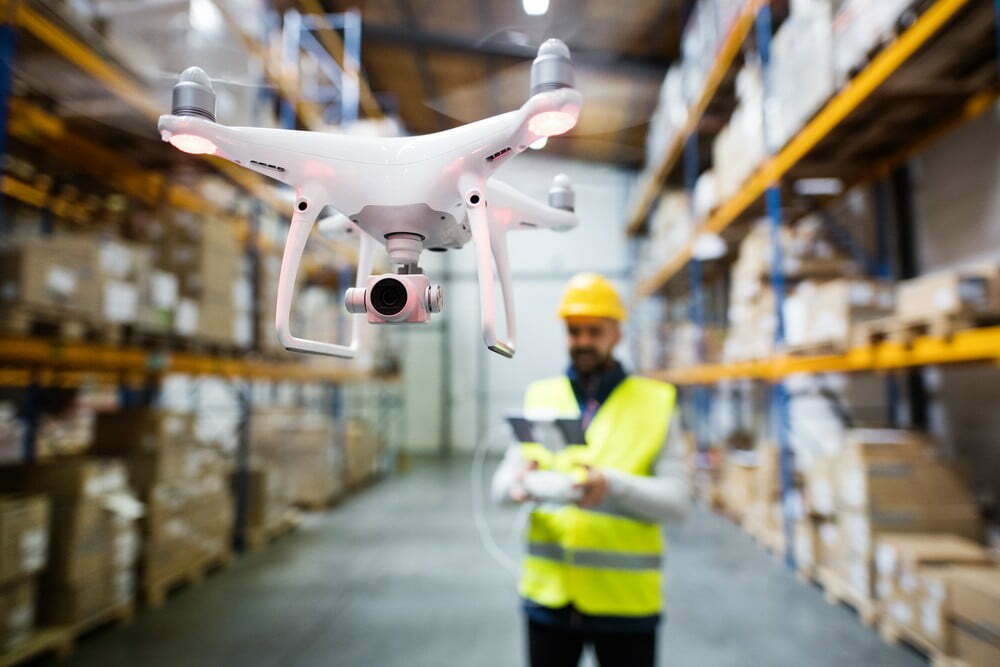












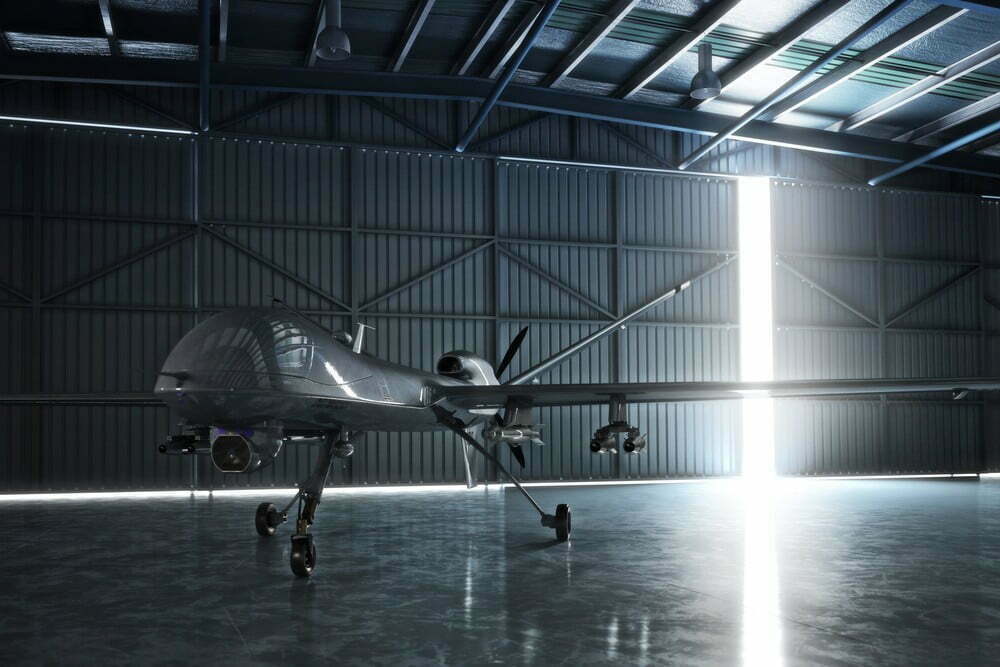
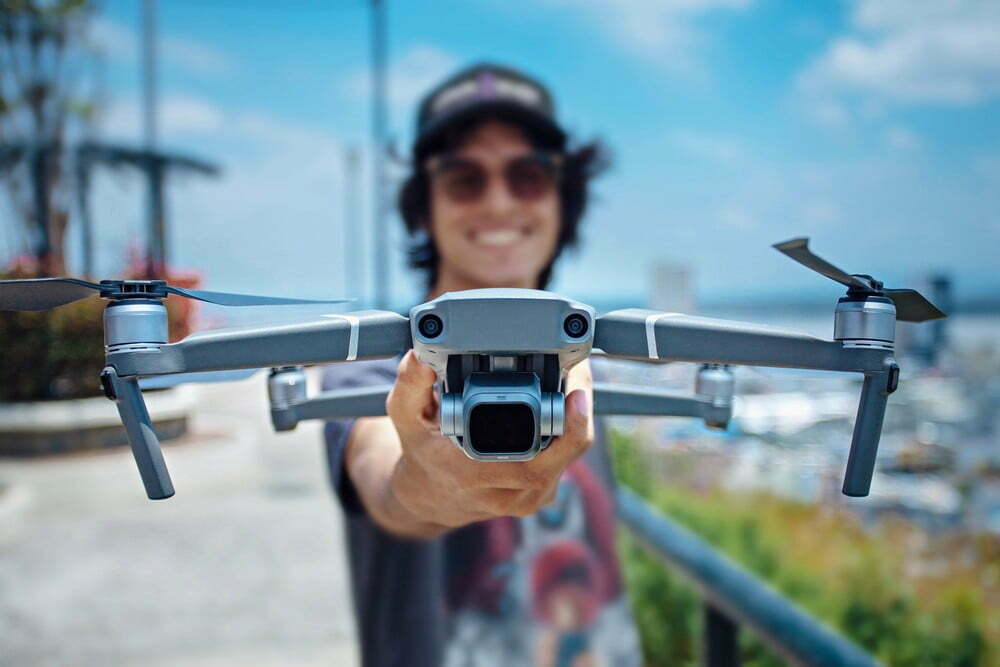
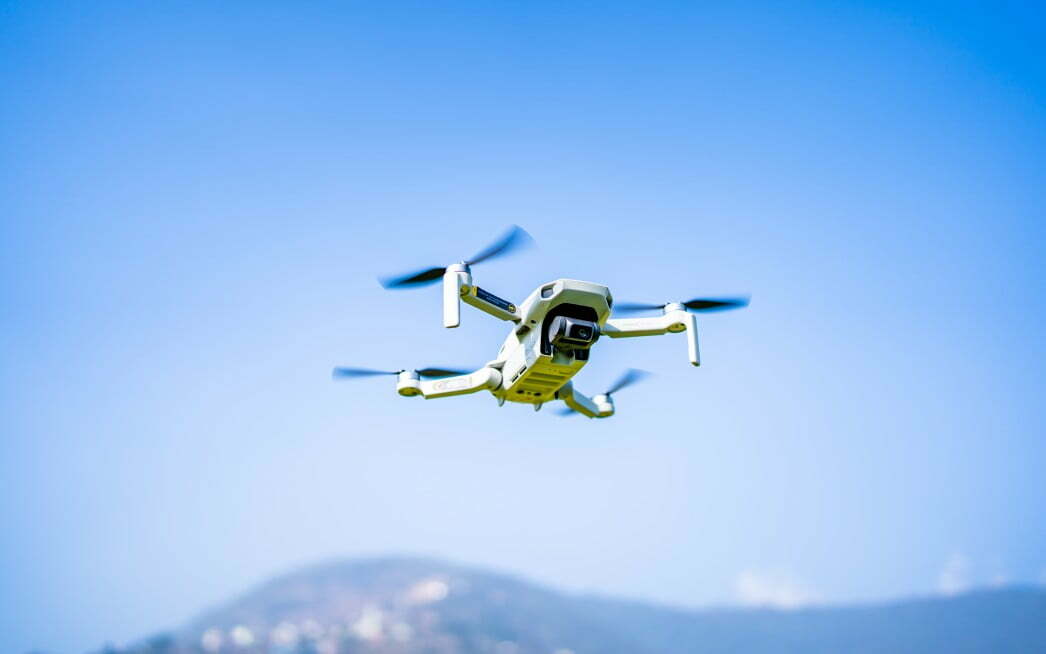
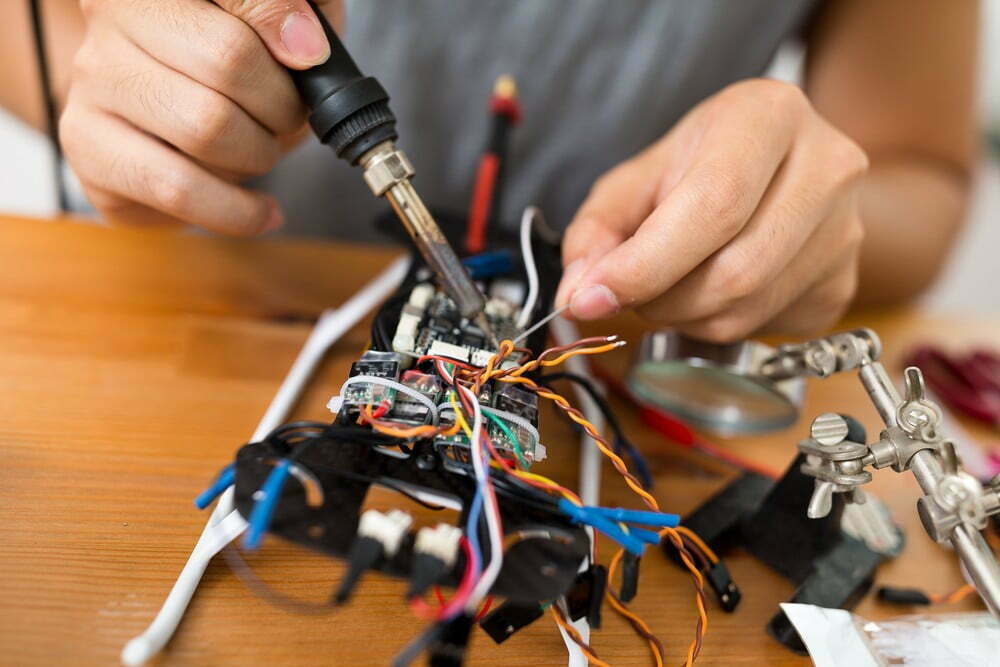
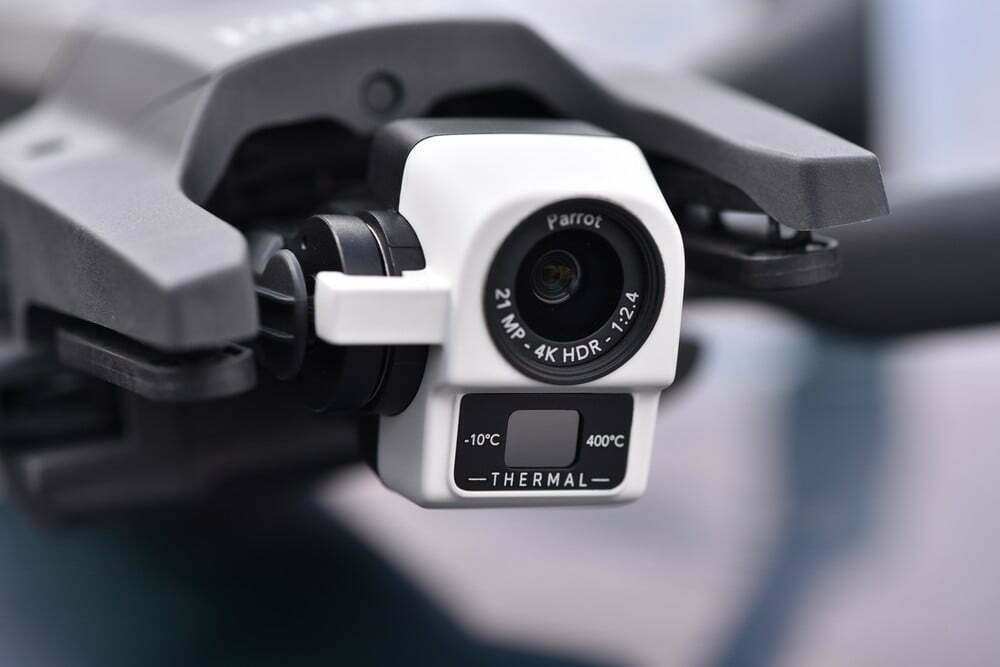
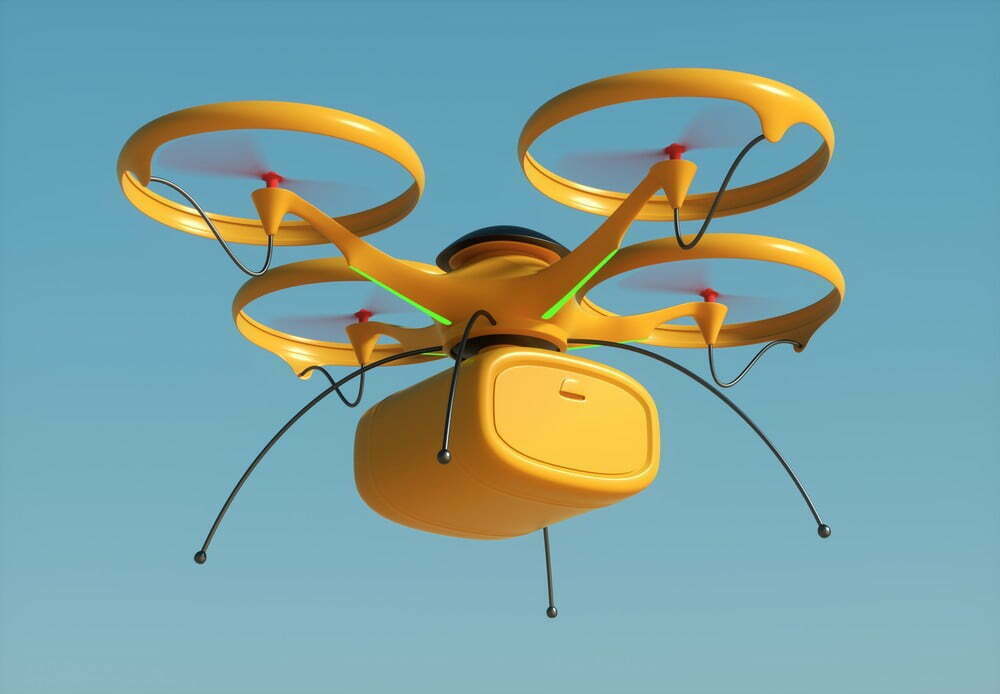
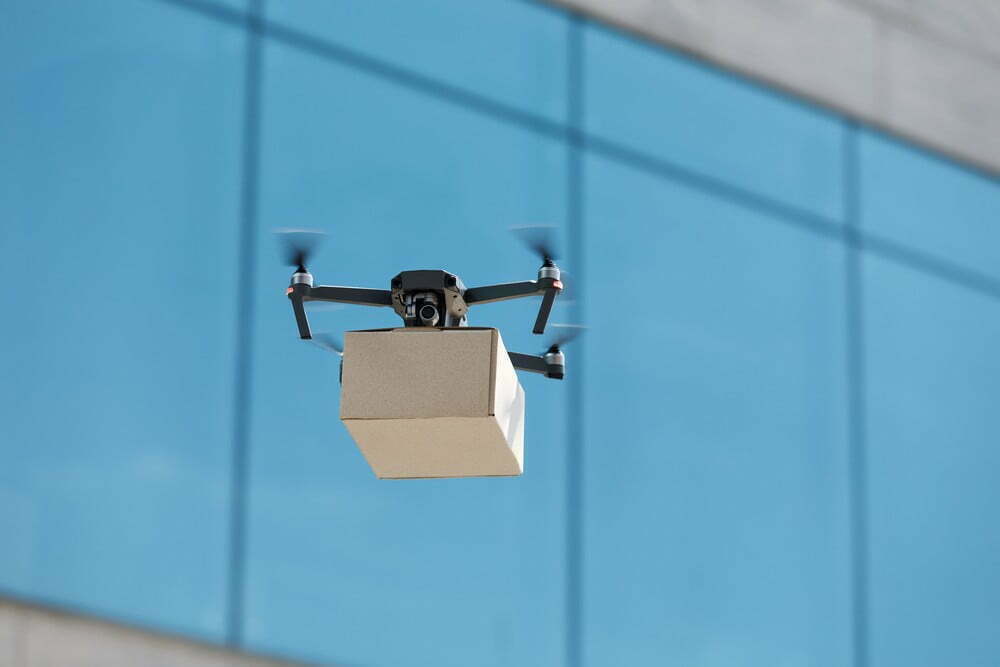
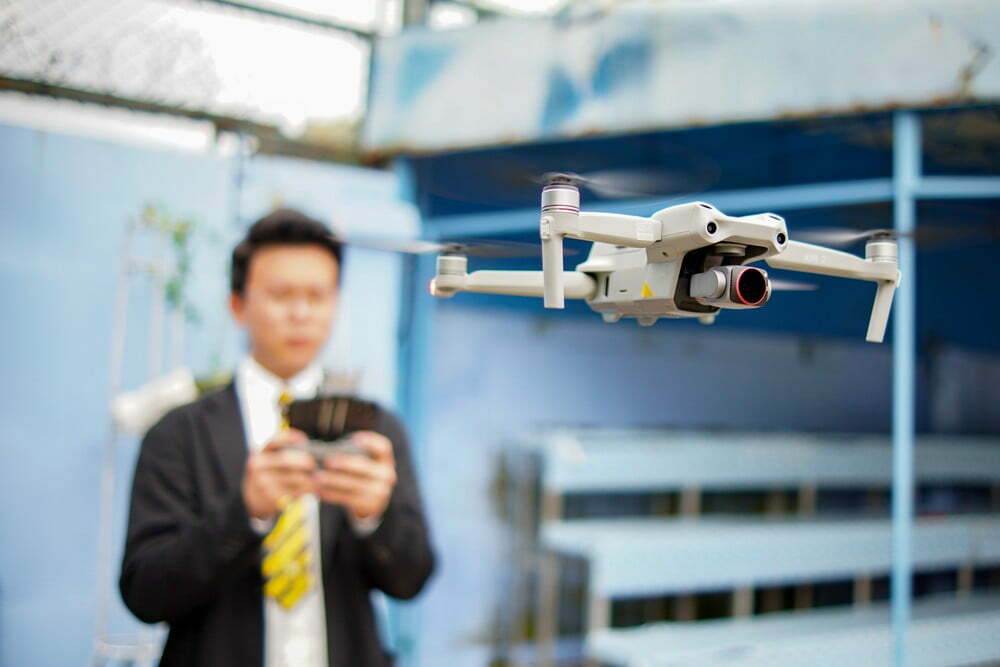
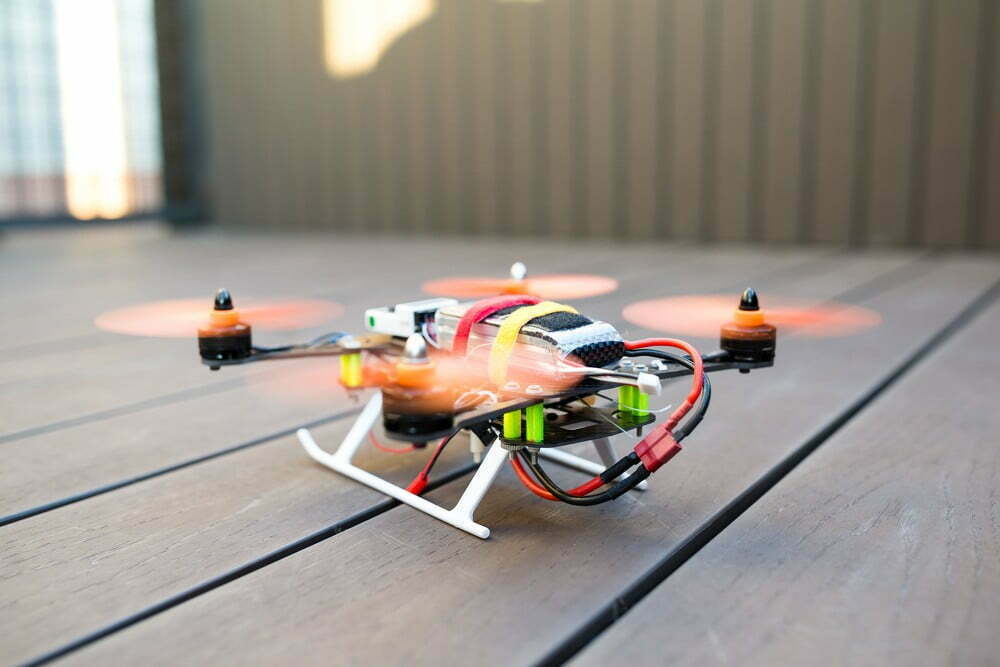
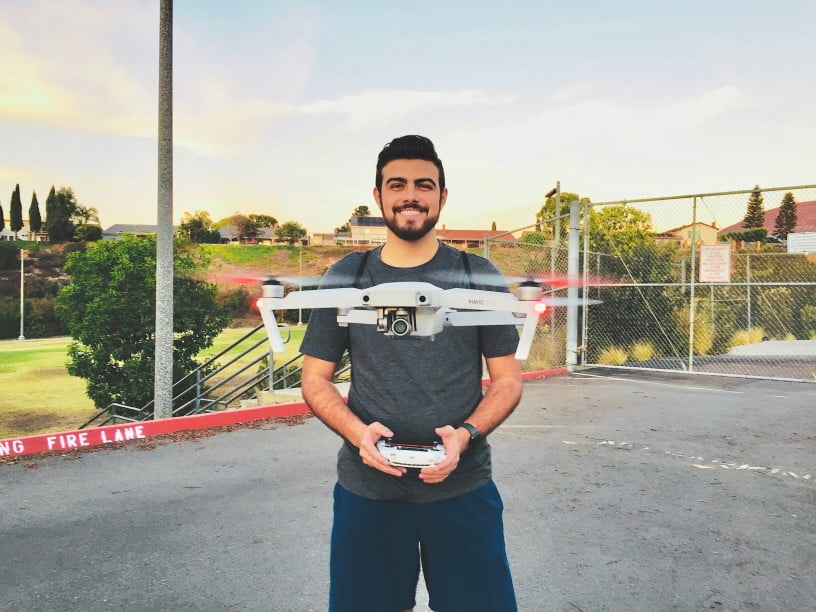
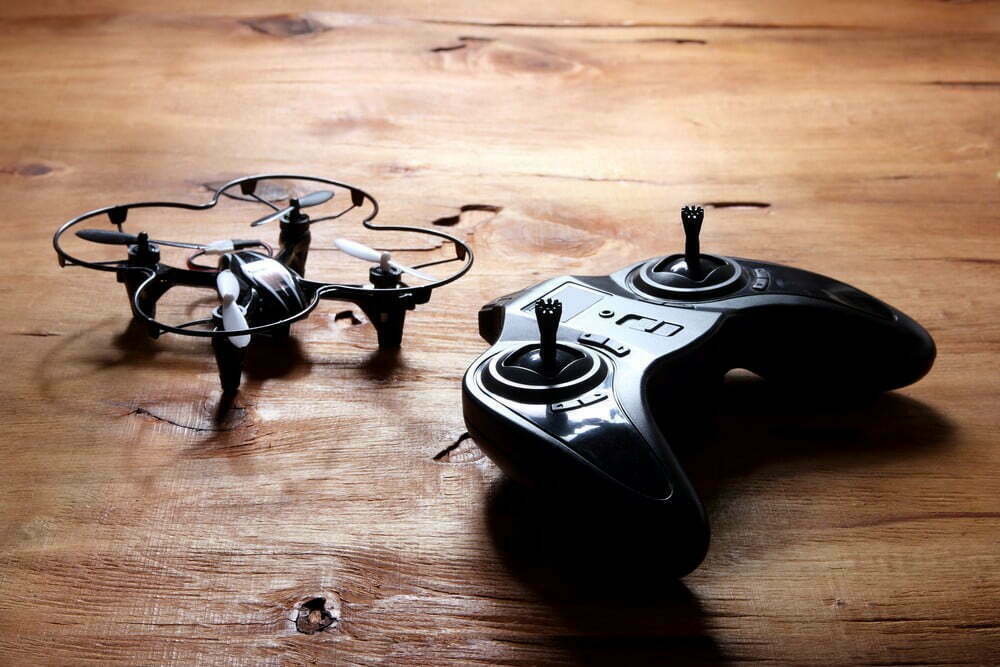
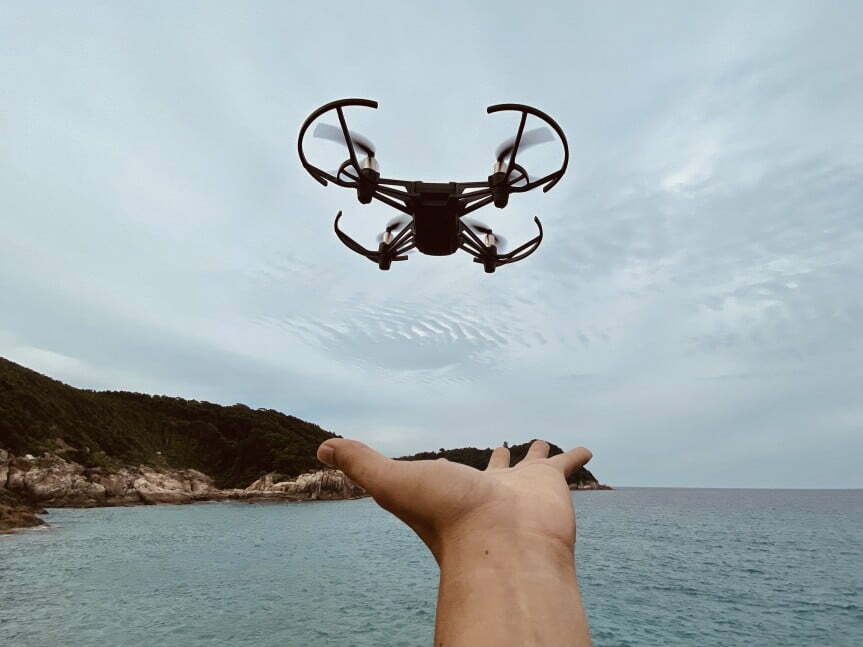
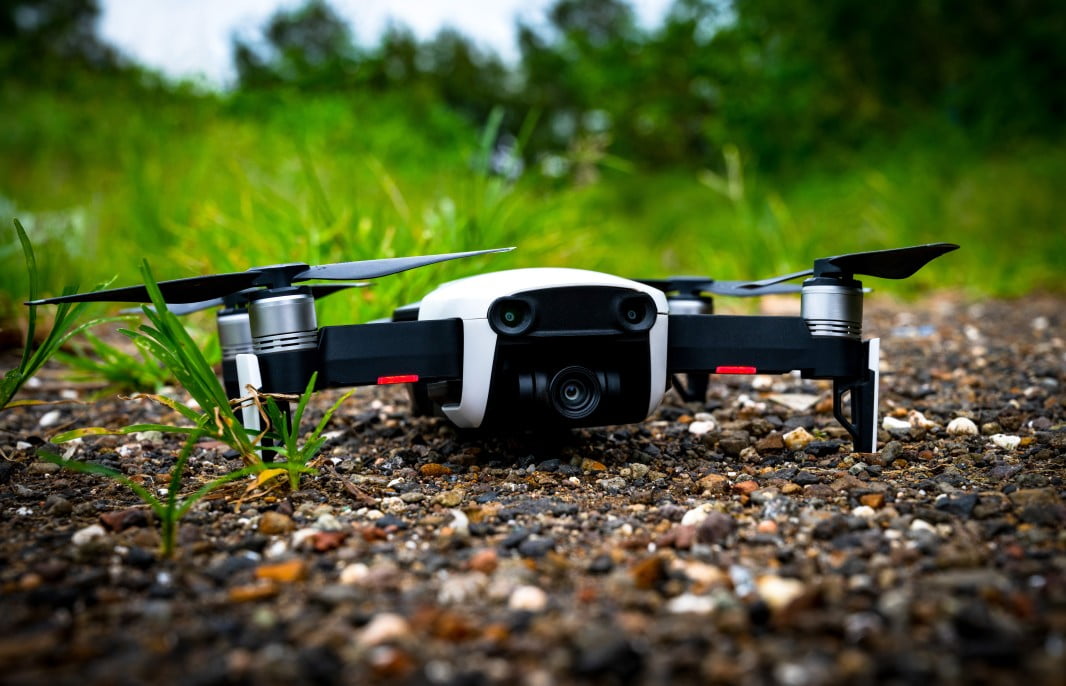
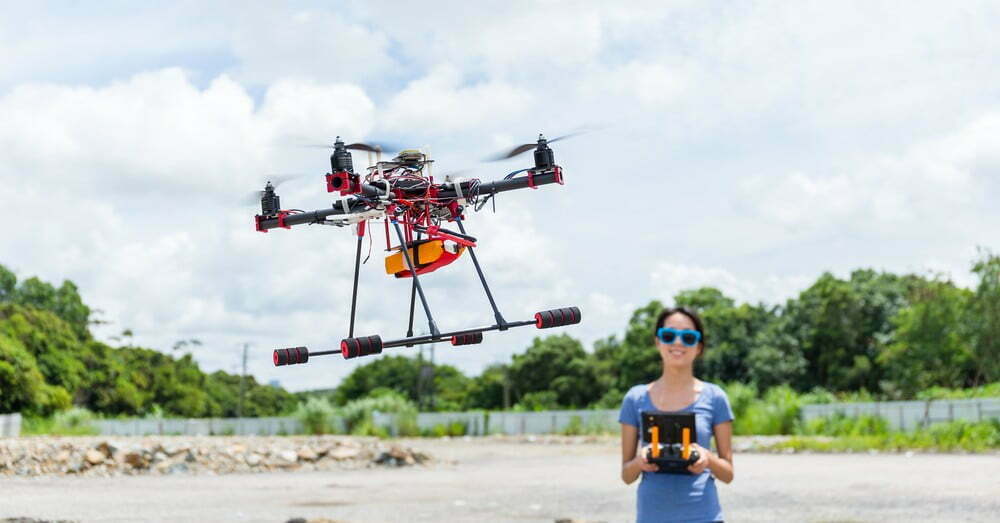
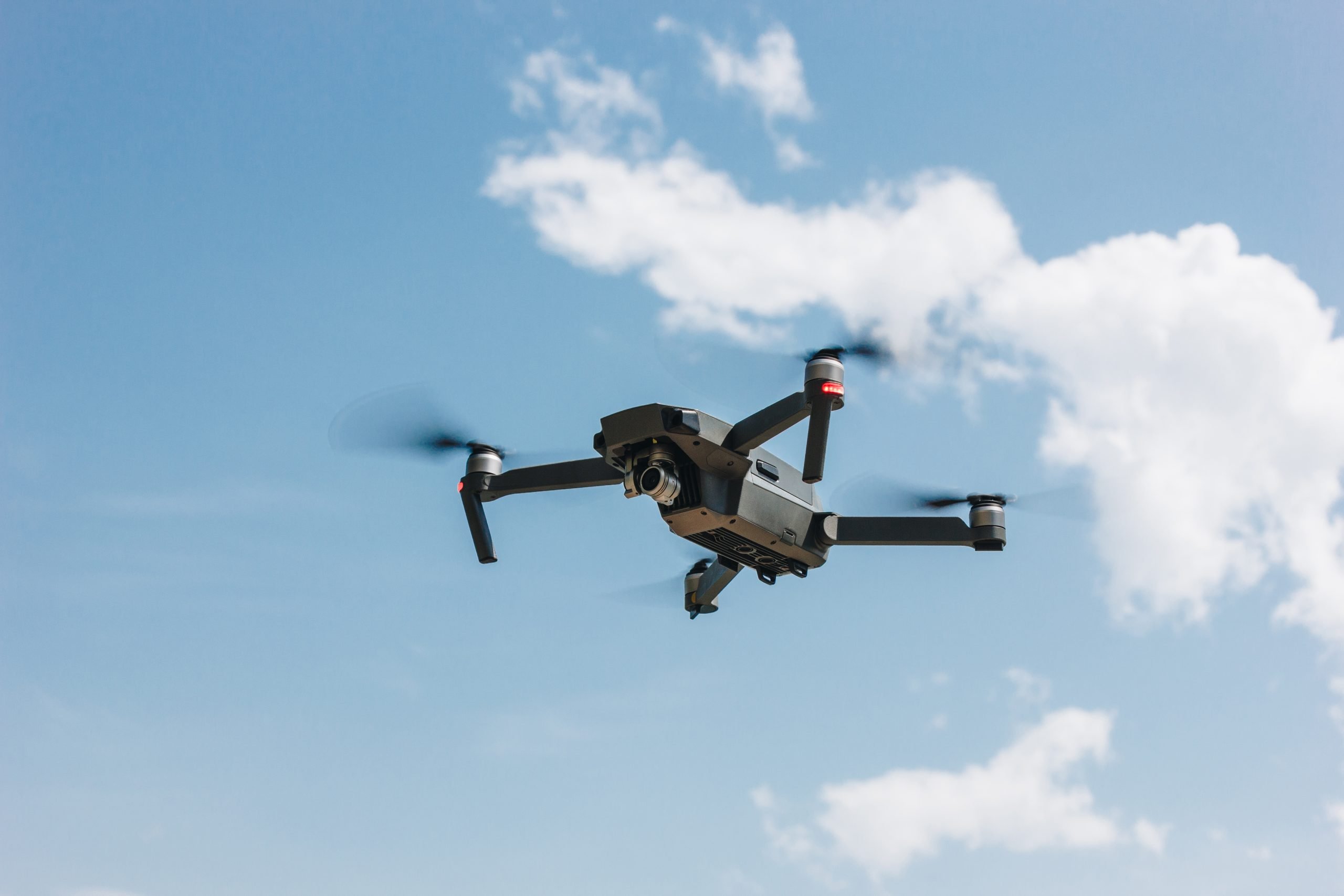
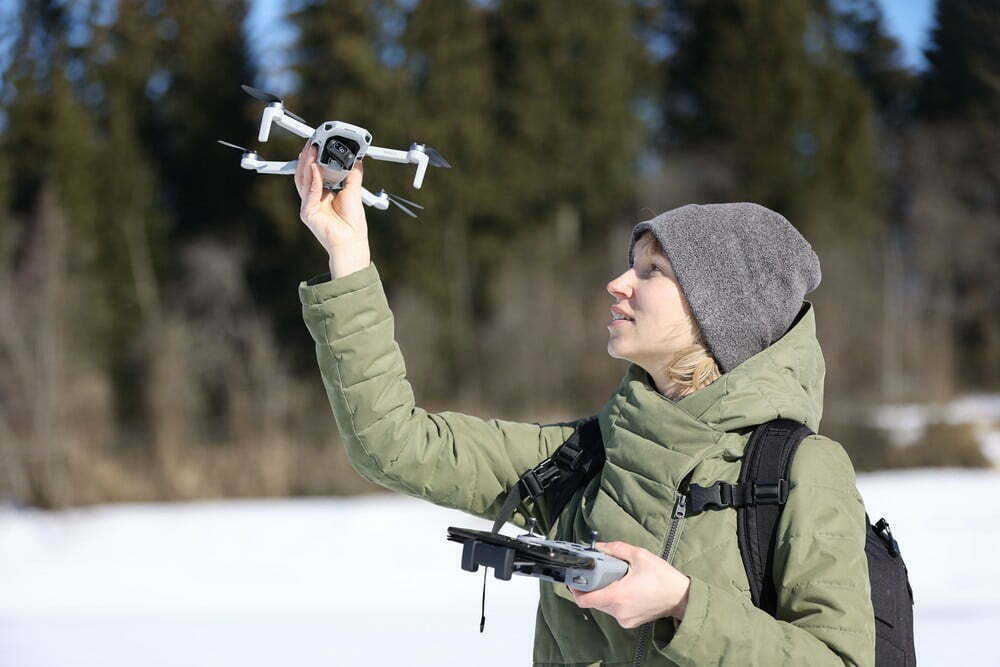
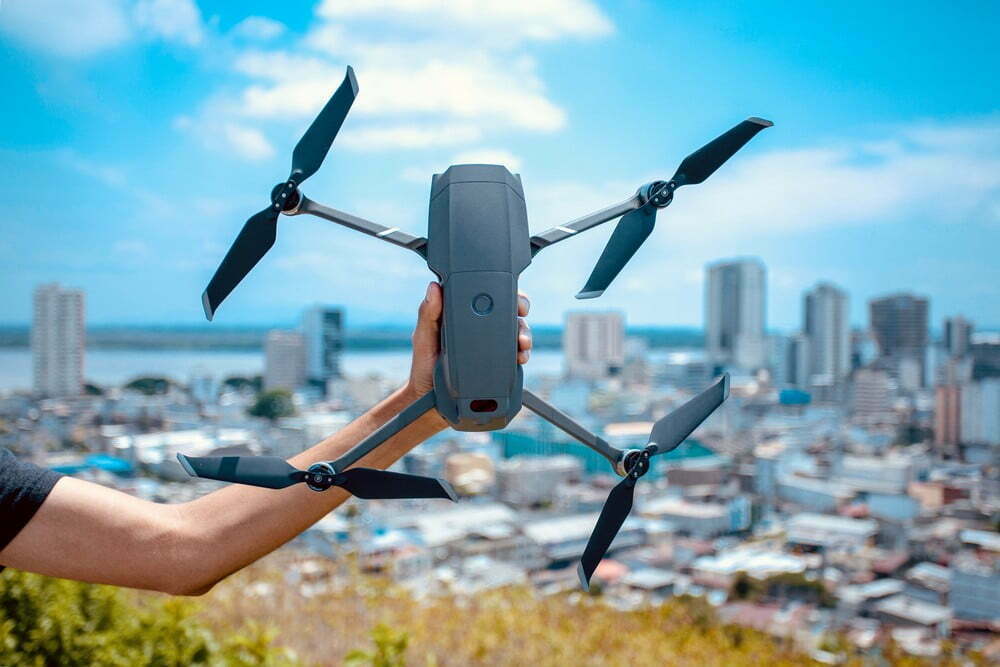
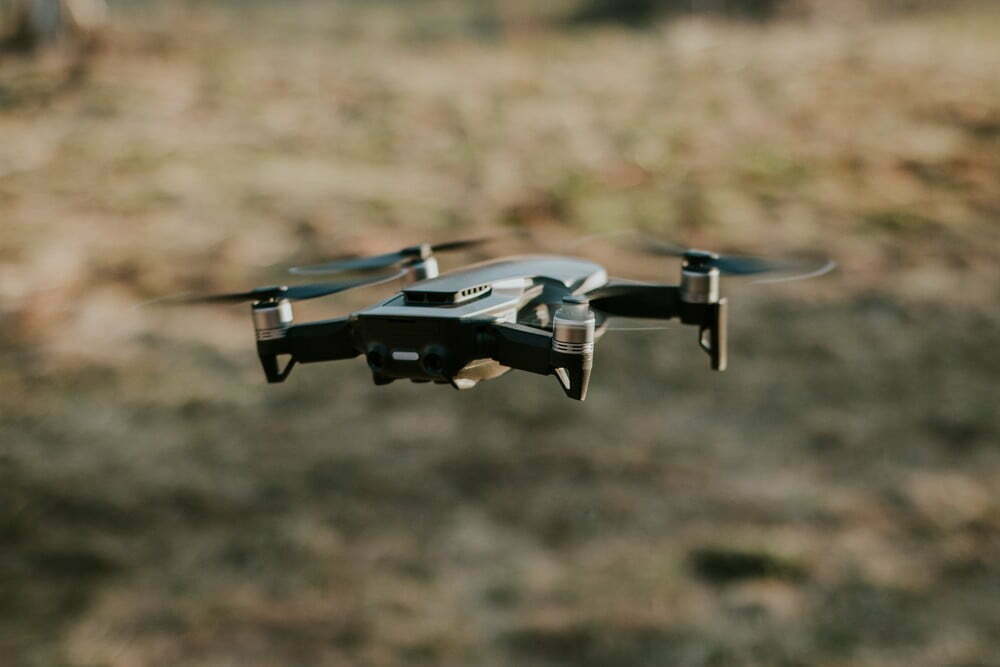
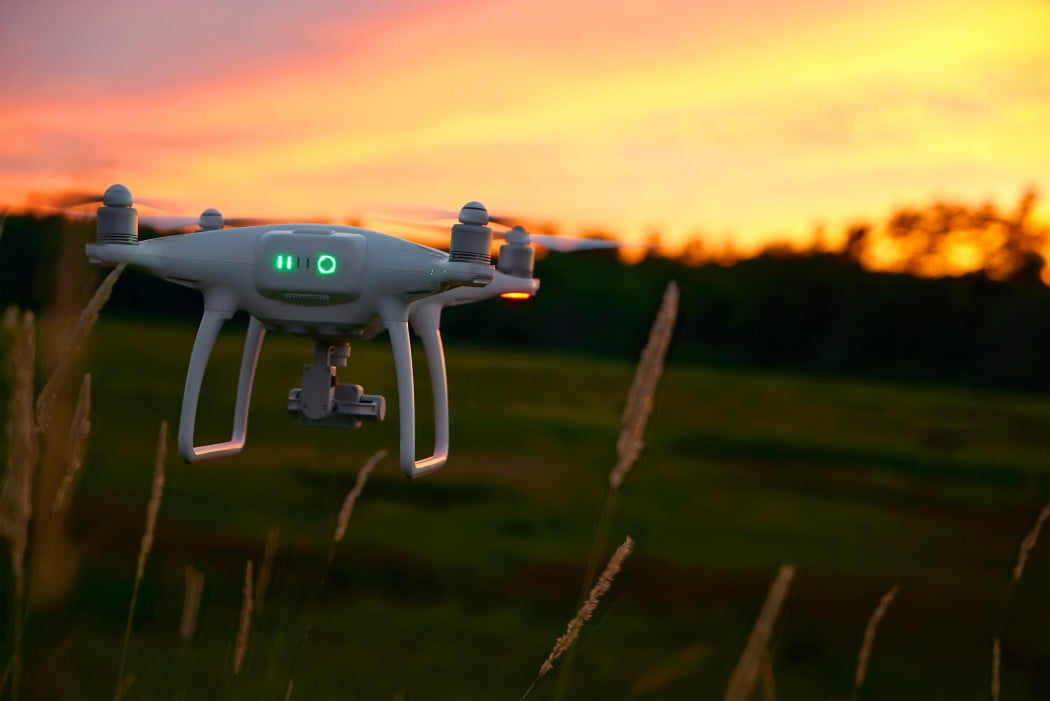
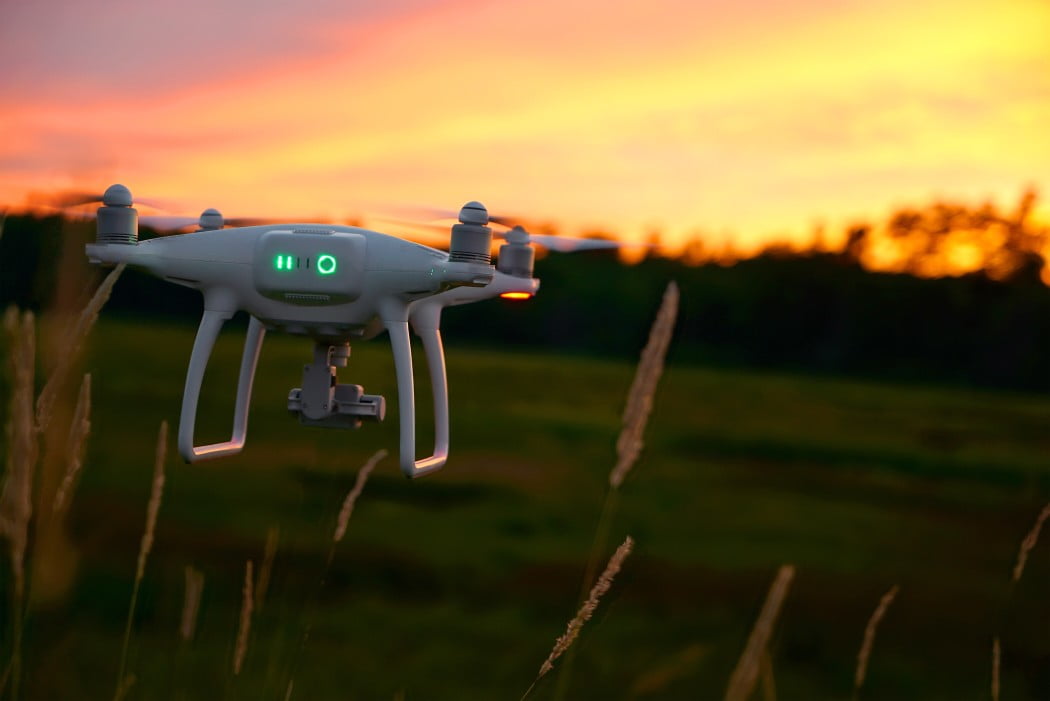
![Best Drones Under the Cost of Ferrari in [year] 26 Best Drones Under the Cost of Ferrari in 2025](https://www.gadgetreview.dev/wp-content/uploads/image-test-3.jpg)
![10 Best VR Drones in [year] 27 10 Best VR Drones in 2025](https://www.gadgetreview.dev/wp-content/uploads/Best-VR-Drone.jpg)
![10 Best Drones for Beginners in [year] 28 10 Best Drones for Beginners in 2025](https://www.gadgetreview.dev/wp-content/uploads/Best-Drones-for-Beginners.png)
![10 Best Indoor Drones in [year] 29 10 Best Indoor Drones in 2025](https://www.gadgetreview.dev/wp-content/uploads/Best-Indoor-Drone.jpeg)
![10 Best FPV Racing Drones in [year] 30 10 Best FPV Racing Drones in 2025](https://www.gadgetreview.dev/wp-content/uploads/Best-FPV-Racing-Drone-scaled-1.jpg)
![10 Best Selfie Drones in [year] 31 10 Best Selfie Drones in 2025](https://www.gadgetreview.dev/wp-content/uploads/Best-Selfie-Drones.jpg)
![10 Best Drones for GoPro in [year] 32 10 Best Drones for GoPro in 2025](https://www.gadgetreview.dev/wp-content/uploads/Best-Drone-for-GoPro-scaled-1.jpg)
![10 Best Drones for Kids in [year] 33 10 Best Drones for Kids in 2025](https://www.gadgetreview.dev/wp-content/uploads/Best-Drone-for-Kids-scaled-1.jpg)
![10 Best Professional Drones in [year] 34 10 Best Professional Drones in 2025](https://www.gadgetreview.dev/wp-content/uploads/Best-Professional-Drone.jpg)
![10 Best Fixed Wing Drones in [year] 35 10 Best Fixed Wing Drones in 2025](https://www.gadgetreview.dev/wp-content/uploads/Best-Fixed-Wing-Drone.jpg)
![10 Best Follow Me Drones in [year] 36 10 Best Follow Me Drones in 2025](https://www.gadgetreview.dev/wp-content/uploads/Best-Follow-Me-Drone.jpg)
![10 Best Foldable Drones in [year] 37 10 Best Foldable Drones in 2025](https://www.gadgetreview.dev/wp-content/uploads/best-foldable-drones.jpg)
![10 Best Drones for Travelling in [year] 38 10 Best Drones for Travelling in 2025](https://www.gadgetreview.dev/wp-content/uploads/best-drones-for-travelling.jpg)
